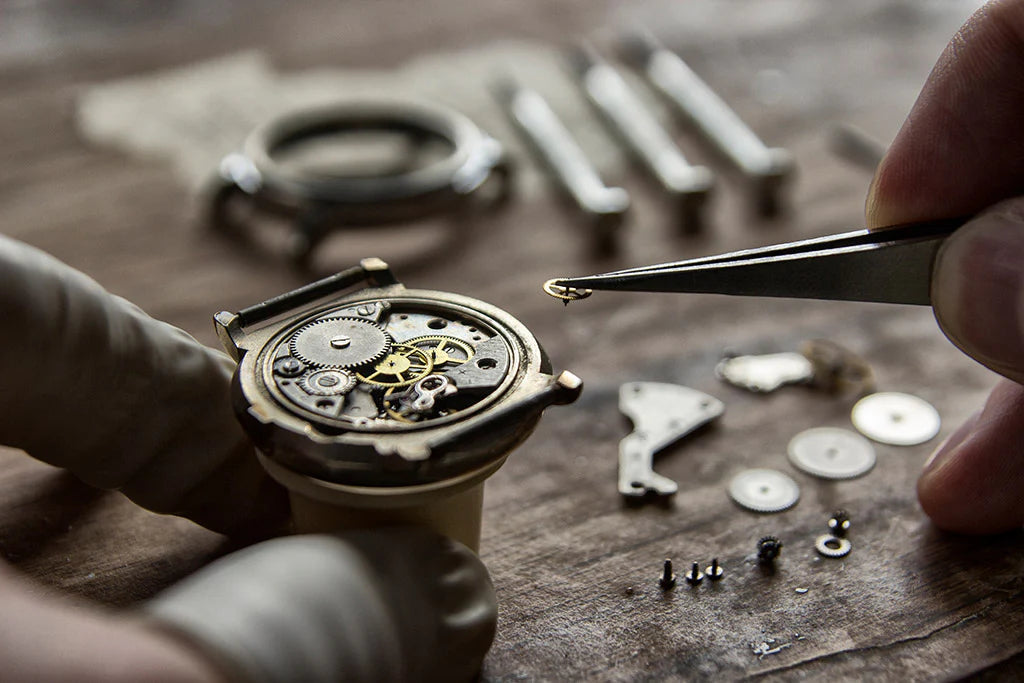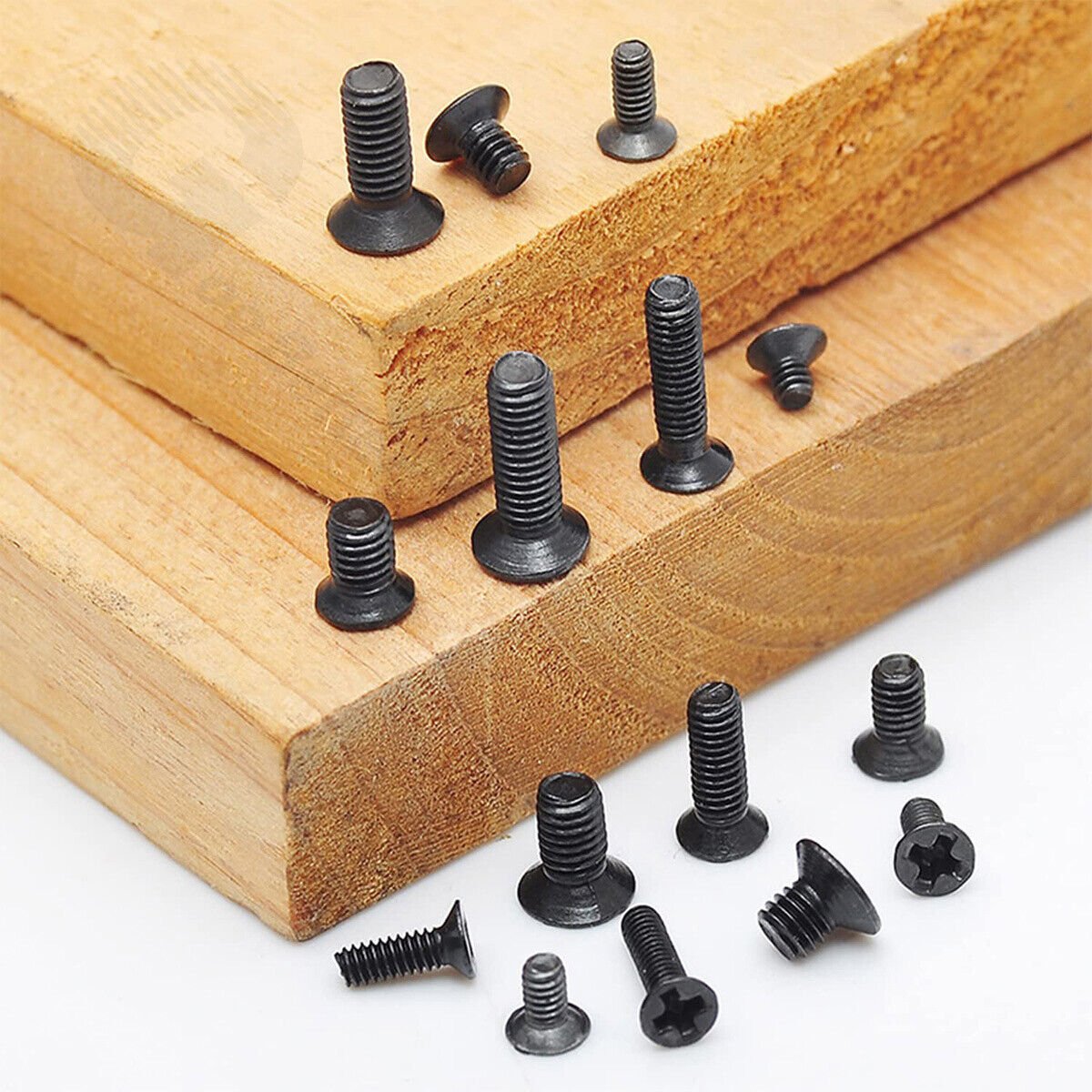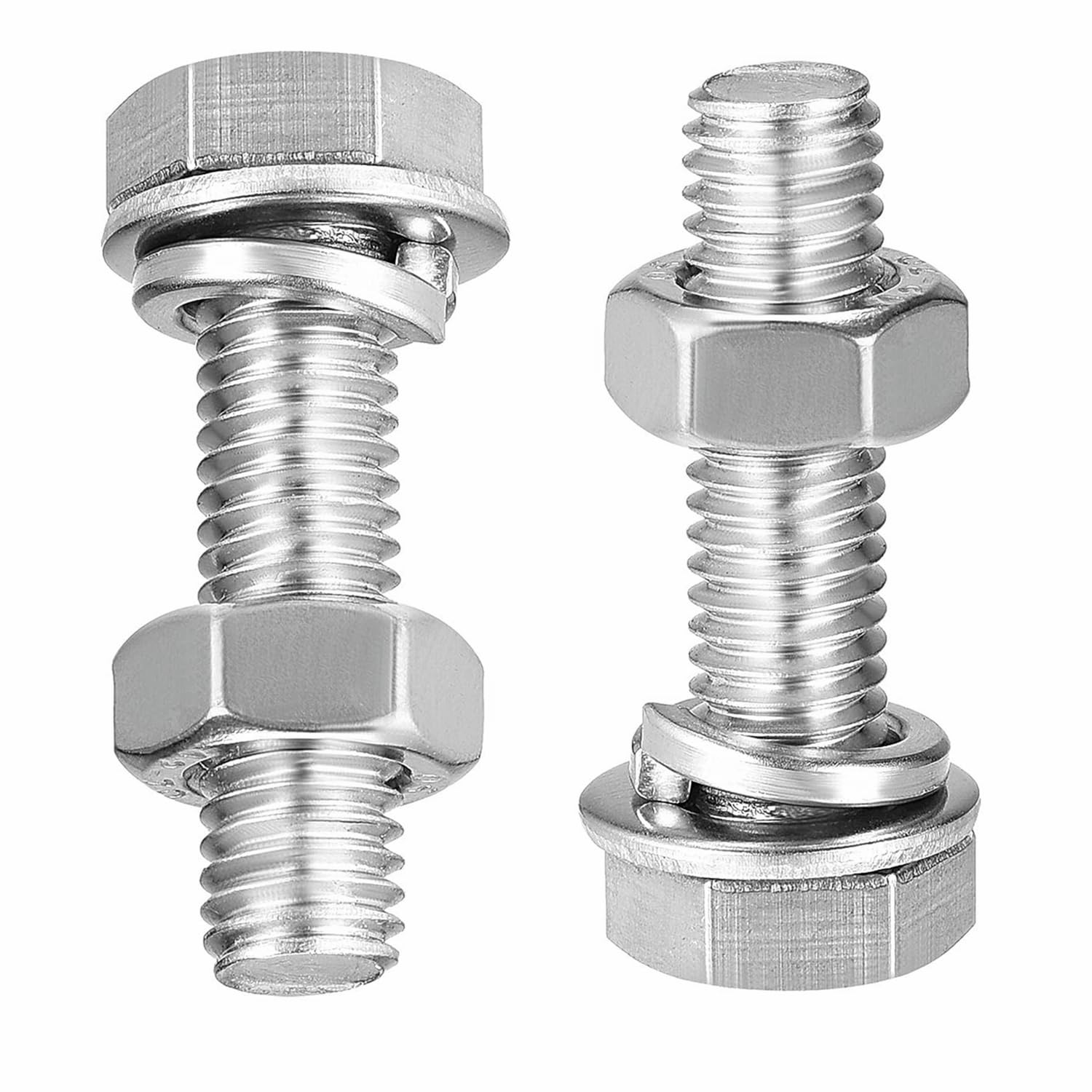Overview: Why the Right Tool Matters
Watches are small mechanical marvels — whether quartz or mechanical — and most modern watches seal the movement behind a case back. Getting access to the movement requires removing that back. Doing it incorrectly can scratch the case, damage the caseback, remove protective coatings, deform threads, or compromise a watch's water resistance. So the question whether you need a special tool isn't academic: the answer depends on the case-back type, your confidence, and, most importantly, your intention for the watch afterward.
Quick answer: For many watches, yes — a dedicated watch case opener or a proper tool from a watch repair kit will make the job safe and repeatable.
Types of Watch Backs (and how they open)
Understanding the type of case back is the first step. Each type requires a different approach and possibly a different tool:
| Case Back Type | Description | How It Opens |
|---|---|---|
| Snap-back (Press-fit) | Thin back that snaps into the case lip. Common on dress watches and inexpensive models. | Use a thin blade or a pry tool at a dedicated notch. Best done with a case-knife or flat pry tool to avoid damage. |
| Screw-back (Notched) | Back features notches or slots around the perimeter for engagement. Common on dive and higher-end watches. | Use a multi-pin case opener (adjustable), matching notches — a dedicated watch case opener is ideal. |
| Screw-back (Threaded) | Threaded back that screws into the case tube — often with a flat edge or two notches for tool engagement. | Use a Jaxa-style adjustable wrench or case-back wrench designed for threaded backs. |
| Integrated (Hidden) Back | The back is held by screws or part of the bracelet system — found on some thin watches. | Remove small screws with precision screwdrivers or unclip the bracelet mechanism first. |
| Display (Exhibition) Back | Transparent back (usually sapphire or mineral glass) displaying the movement; may be snap or screw type. | Handle like the corresponding snap or screw-back type; avoid prying the glass directly. |
Different openings require different skill levels. For screw-backs, using the wrong size or misaligned pins will round the notches and make future opening difficult.
Do You Need a Special Tool? Watch Case Openers & More
The short answer: if you value your watch, yes. A few inexpensive tools dramatically reduce risk while improving control and speed. Below are the common tools used to open different case backs:
Essential tools (recommended for beginners)
- Watch case opener — adjustable multi-pin opener or Jaxa-type wrench for screw backs.
- Case-knife or pry tool — for snap-fit case backs.
- Precision screwdriver set (0.6mm–2.5mm) — for small screws or integrated backs.
- Case holder/bench block — to secure the watch and prevent slippage.
- Tweezers & finger cots — to handle tiny parts and avoid fingerprints.
Nice-to-have extras (for hobbyists & pros)
- Case-back ball (rubber ball) — sometimes opens screw-backs by friction (a gentle option).
- Blade-style case opener with a thin, stiff edge for press-fit backs.
- Magnifying loupe or bench lamp for visibility.
- Crystal lift (for very specialized case designs).
Many of these tools come together in a watch repair kit — the HomeDIYer 147 PCS Watch Repair Kit includes adjustable case openers, screwdrivers, tweezers, watch holders, and more—making it an excellent starter kit for hobbyists.
 Step-by-Step: How to Remove a Watch Back
Step-by-Step: How to Remove a Watch Back
Below is a generalized step-by-step guide. Adapt each step to the specific case-back type you have. Always work slowly and deliberately.
Preparation
- Work on a clean, flat surface with good lighting. Lay down a soft, lint-free pad to protect the watch finish.
- Gather tools: case holder, appropriate opener, tweezers, screwdriver, and a loupe.
- If the watch is water-resistant, note that opening will likely compromise the seal; plan for a new gasket or resealing.
- Remove the bracelet or strap if it impedes access or prevents a stable hold.
Removing a snap-back (press-fit) case
- Place the watch in the case holder with the back facing up.
- Find the small notch or lip on the case back. Insert the case-knife or thin pry tool into the notch.
- Apply gentle, consistent leverage — do not rock rapidly. The back will "pop" off. If resisted, reassess orientation; forcing may bend the case.
- Lift the back free, set aside on a soft cloth with the inside facing up to avoid dust ingress.
Removing a screw-back (notched)
- Select an adjustable multi-pin case opener and set the pins to match the notches on the case back.
- Secure the watch in the holder to prevent rotation.
- Engage the tool pins evenly and apply steady counter-clockwise torque. If you encounter resistance, check pin alignment.
- Once loosened, continue by hand or with the tool until the back is free.
Removing a threaded/back with 2 notches (Jaxa style)
- Use a Jaxa-style wrench or case back ball. The Jaxa key fits into two opposing notches; turn counterclockwise to unscrew.
- If using a friction ball, press the rubber ball onto the back and turn — this sometimes works for lightly tightened backs.
- Again, watch for cross-threading when reseating.
Removing a back held by screws
- Use the correct screwdriver head. A poor fit will round the screw head — tiny slippage can ruin the screw.
- Loosen screws in a star or alternating pattern if multiple screws hold the back.
- Store screws safely in a small parts tray or magnetic mat so they don't roll away.
Safety, Common Mistakes & How to Avoid Damage
Top mistakes to avoid
- Using ill-fitting tools: slips and scratched cases are the most common DIY damages.
- Applying excessive force: forcing a back risks warping the case or breaking a thread.
- Not using a holder: watches must be stabilized — hands slip more than you think.
- Neglecting gasket replacement: a reused old gasket may leave the watch non-waterproof.
How to minimize risk
- Always match tool sizes precisely to case-back features.
- Apply a gradual, steady torque rather than jerks.
- Wear finger cots or gloves to avoid oils on movement parts; use a dust-free environment if possible.
- Document screw positions and orientations — some screws differ slightly.
Watch Repair Kit: What's in a Good Kit?
A quality watch repair kit is more than a screwdriver set. Here's what separates a useful kit from a drawer full of mismatched tools.
| Item | Why It Matters |
|---|---|
| Adjustable case opener | Essential for screw-backs with multiple notch patterns. |
| Case knife/pry tool | Designed edge to remove press-fit backs safely. |
| Precision screwdrivers | Correct sizes prevent cam-out and rounded screws. |
| Case holder/vice | Keeps the watch stable and prevents slippage. |
| Rubber ball (friction) | Non-invasive method for lightly tightened screw-backs. |
| Tweezers, springbar tool | Handling tiny parts and removing straps when needed. |
| Gasket set & cleaning brushes | For resealing and cleaning the case before reassembly. |
The HomeDIYer 147 PCS Watch Repair Kit bundles these essentials and more into an organized case — a great option for beginners and hobbyists who want a single, reliable source for tools.
Comparison Table: Tools & When to Use Them
| Tool | Best for | Pros | Cons |
|---|---|---|---|
| Case-knife / Pry tool | Snap-back cases | Simple, inexpensive, precise when used correctly | High risk of scratches if misused |
| Adjustable multi-pin opener | Screw-back with multiple notches | Versatile, good for many notched backs | Pins must be precisely aligned; learning curve |
| Jaxa wrench/case back wrench | Threaded screw-backs | Strong engagement, accurate torque | Size mismatch can damage the notch |
| Case-back ball (rubber) | Lightly tightened screw-backs | Low risk, non-marking | Not effective on heavily torqued backs |
| Micro screwdrivers | Screwed-down backs and movements | Precision control for tiny screws | Poor quality drivers strip heads |
After-Opening: Reassembly, Gaskets & Water Resistance
Opening a watch often breaks the original water seal. Proper reassembly — and possibly gasket replacement — is crucial if you want to maintain water resistance.
Gasket inspection & replacement
- Inspect the gasket for cracks, deformation, or hardening. Old gaskets lose elasticity.
- If replacing, lightly lubricate the new gasket with silicone grease to seat it and prevent pinching.
- Ensure the groove where the gasket sits is clean of debris or old adhesive.
Re-torquing & pattern
For screw-back cases with multiple screws, tighten in a star pattern to distribute clamping force evenly. Use the manufacturer’s recommended torque if available; otherwise, tighten gradually and evenly.
Case Studies: Real-world Examples
Hobbyist: Battery swap goes wrong
A hobbyist attempted a battery change with a pocket knife. The blade slipped, scratching the case and bending the back. The result: an ugly cosmetic defect and a compromised gasket. Lesson: Cheap improvisation can cost more than the right tool.
Watchmaker: quick service with a kit
A local watchmaker keeps a well-stocked set of case opener tools and gaskets. With a multi-pin opener and spare gasket kit, he performs quick battery swaps and reseals, maintaining water-resistance and saving customer turnaround time.
Collector: preserving value
For vintage collectors, even tiny scratches or dented casebacks can significantly reduce value. They often send watches to certified technicians to ensure correct opening methods and original parts preservation.
FAQ — Common Questions
A: No. Rubber balls can sometimes open lightly tightened screw-backs, but won't work on serrated or heavily tightened backs. They are a gentle first attempt, but not universal.
A: Quality hobbyist kits range from $20–$80, depending on included tools and case quality. Professional-level tools cost more but are durable and replaceable.
A: Often yes. Many manufacturers void the warranty if the case back is opened by unauthorized persons. Check your warranty terms before attempting a DIY opening.
A: Replace the gasket if old, lubricate it with silicone grease, carefully reseat the back, and consider having the watch pressure-tested by a professional for diving-rated timepieces.
A: Some snap-back cases can be opened with improvised tools, but the risk of scratches and damage is high. Investing in the correct tool (or kit) dramatically reduces risk.
A: Basic use requires no formal training — careful reading and practice on inexpensive watches suffice. However, delicate movements, vintage cases, and high-value watches benefit from professional handling.
A: High-end watches with integrated case designs, sealed exhibition backs, or very small notches can be challenging. Vintage watches with corroded or stuck backs can also be difficult without the right tools.
A: You can if it's in excellent condition, but best practice is to replace it whenever you open the case, especially for water-resistant models.
A: A small kit with a case holder, adjustable case opener, case knife and precision screwdrivers — like the HomeDIYer 147 PCS Watch Repair Kit — covers most basic needs.
A: Use protective tape on exposed areas, secure the watch in a padded holder, and ensure tool edges are clean and sharp (dull edges slip and scratch more easily).
Conclusion & Recommendations
So, do you need a special tool to remove the back of a watch? The best answer is: it depends on the watch, but generally, yes if you want to avoid damage.
For snap-back cases, a proper case-knife and a steady hand work wonders. For screw-backs, an adjustable case opener or Jaxa wrench is essential. For small screws and delicate internals, precision screwdrivers are non-negotiable. Across the board, a proper watch repair kit greatly reduces the risk of damage and improves your results.
If you have a high-value or antique watch, and you’re not confident, it’s always safer to consult a professional watchmaker — the small fee for a pro can save protect years of value and avoid costly repairs.








